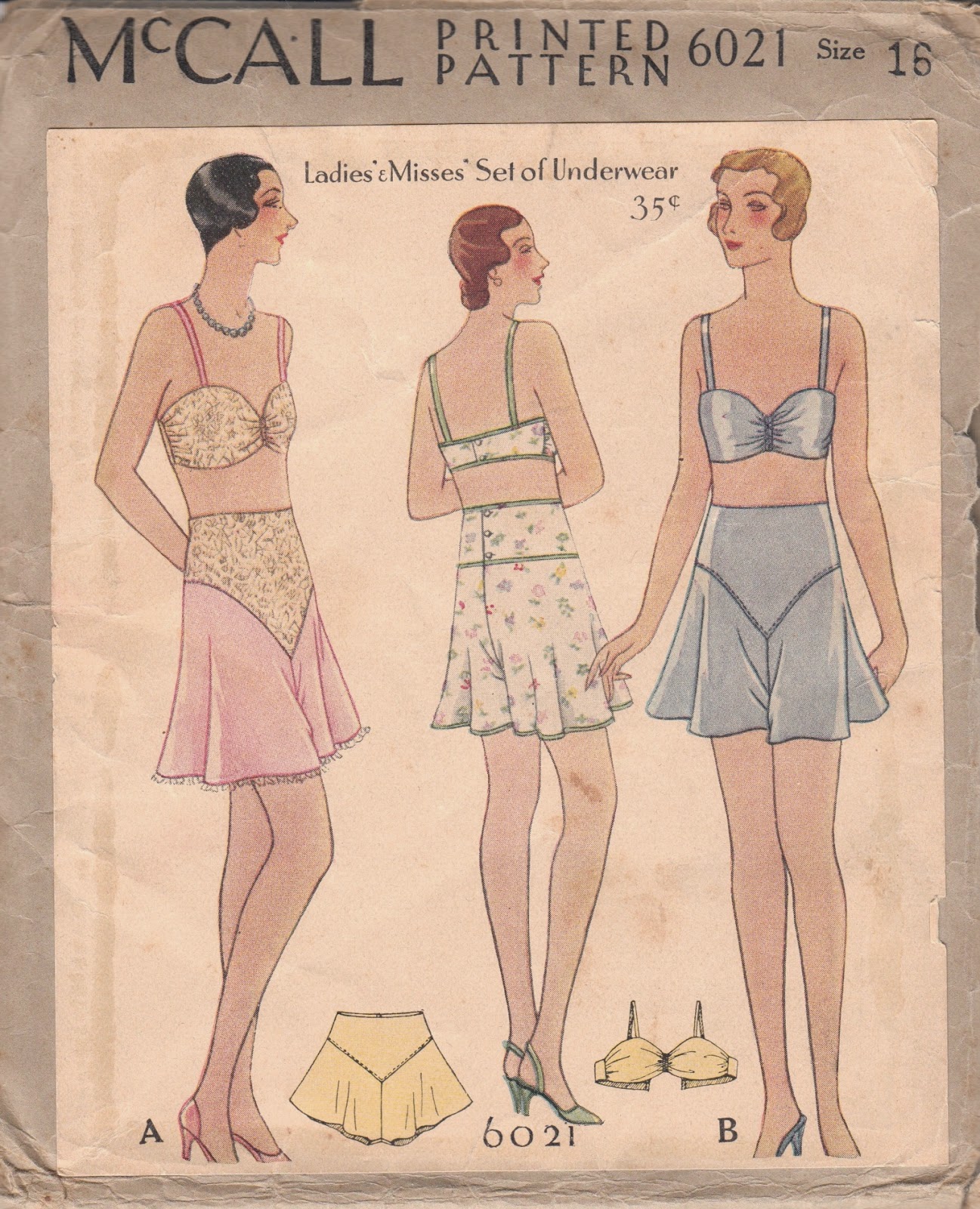The Delineator March 1897 Ensemble | 1890s Fashion
Below is the description of an early spring outfit from the March 1897 issue of the Delineator magazine. The Delineator was founded by the Butterick Publishing Company to advertise Butterick sewing patterns. The magazines also included sewing and millinery tutorials, fashion advice, needlework patterns, housekeeping tips, and social news. Click here to read scans of The Delineator from the 1880s to 1930s.
This transcription is part of a new series in which I share my favorite look for each month/season from The Delineator.
Ladies' Outdoor Toilette
This consists of a Ladies' jacket and skirt. The jacket pattern, which is No. 8870* and costs 1s. or 25 cents, is in nine sizes for ladies from thirty to forty-six inches, bust measure. The skirt pattern, which is No. 8735** and costs 1s. 3d. or 30 cents, is in nine sizes for ladies from twenty to thirty-six inches, waist measure.
This novel style of short jacket is fitted to the figure with great precision; it is represented made of biscuit cloth and finished with machine-stitching. It is in double-breasted Eton style, with a fancy lower outline, and is closed at the left side of the front with button-holes and buttons. The fronts are turned back in large lapels above the closing, the lapels extending in points beyond the rolling collar. The one-seam sleeves are box-plaited at the top and reversed in cuffs.
Figured silk is pictured in the nine-gored skirt, which is smooth at the front and may be gathered or plaited at the back.
A great favorite for jackets of this description is faced cloth, which comes in new tints. Good style and serviceableness characterize these garments. The skirt worn with such a jacket may be of any seasonable admired material.
The felt hat is adorned with ostrich plumes and ribbon.
Ladies' Double-Breasted Eton Jacket, with the Sleeves Finished Plain at the Wrists or Reversed to Form Cuffs
No. 8870 - In this Eton jacket, for which green cloth was chosen, protectiveness is combined with jauntiness. The jacket extends scarcely to the line of the waist, except at the center of the front, where it is deepened in a point. The back is shaped by a center seam which is left open at the bottom for a short distance, the corners being nicely rounded below; a similar effect is seen at the under-arm seams. The fronts, which are fitted by single bust darts, lap in double-breasted style and close at the left side with button-holes and buttons. Above the closing the fronts are turned back in large lapels that lap broadly and meet the ends of the rolling collar in notches and extend in points beyond them. The collar is shaped by a center seam which is left open for a short distance at the bottom, the lower corners being rounded. The sleeves are of the one-seam variety in the modified size now fashionable; their fulness is collected at the top in five box-plaits and they may be plain at the wrists or reversed to form shallow cuffs, in which event the seams are left open the depth of the cuffs to allow the ends to flare attractively. All the edges of the jacket are finished with several rows of stitching in tailor style.
The jacket is available for velvet, Astrakhan cloth, melton and boucle suiting, preferably in dark shades. Braid decorations are attractive and fur on the collar and lapels is also stylish.
We have pattern No. 8870 in nine sizes for ladies from thirty to forty-six inches, bust measure. For a lady of medium size,
 |
| The double-breasted Eton jacket in the February 1897 Delineator |







